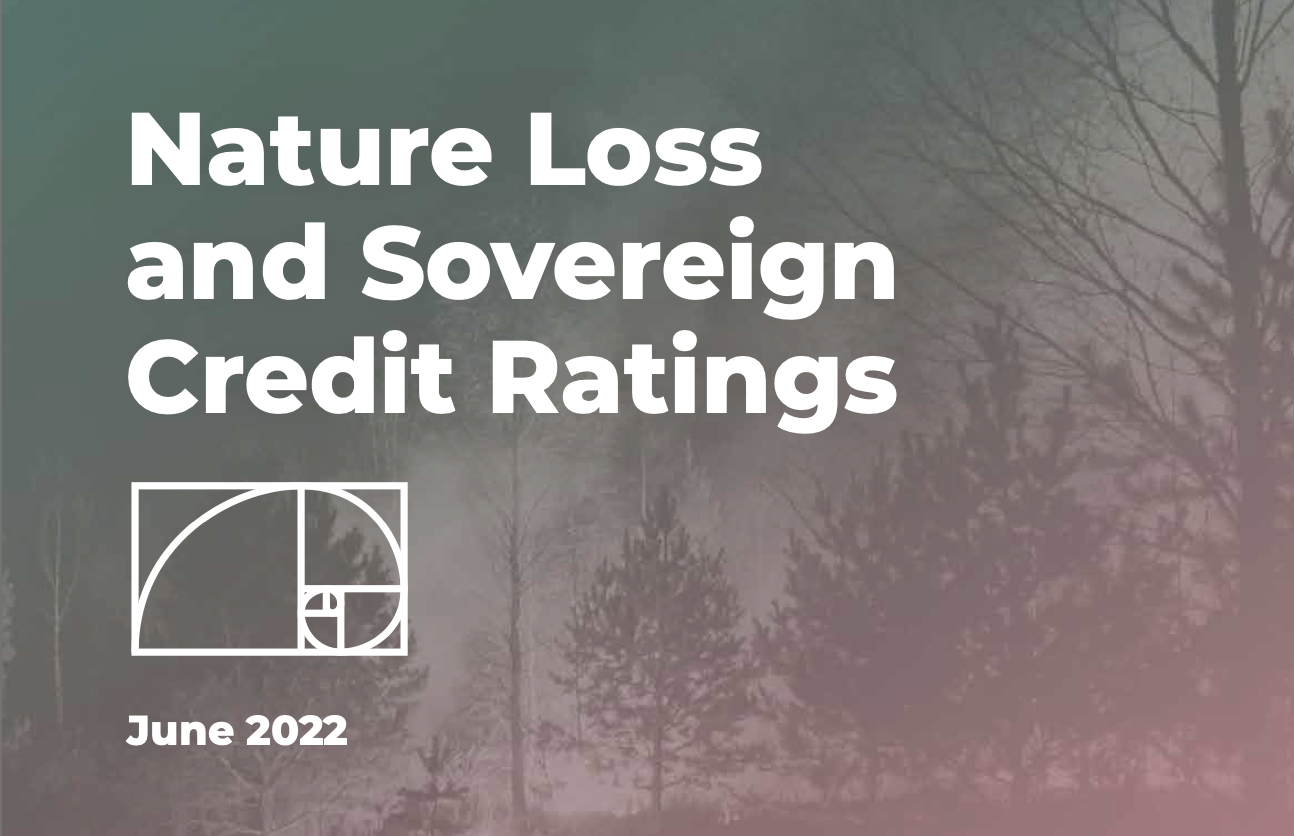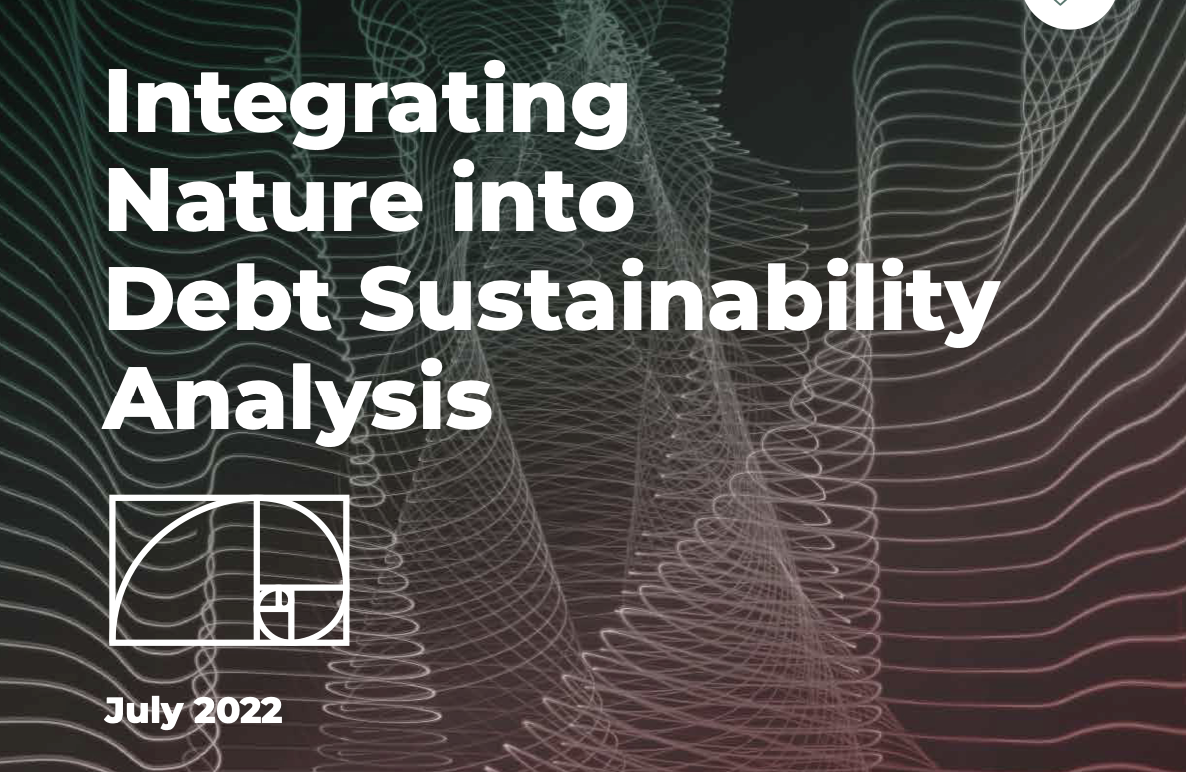Low- and middle-income countries harbour a significant portion of the world’s biodiversity and are home to unique and endemic species. At the same time, these countries suffer from high levels of public debt, and face restricted access to international debt markets.
Twin climate and biodiversity crises pose both immediate and long-term risks to their economies, citizens and investors. Such countries thus face further deterioration of their credit ratings, economies, and biodiversity, as communities turn to practices that deplete nature to support their livelihoods.
Climate change and biodiversity destruction thus threatens a vicious cycle of rising debt, and spiralling nature loss and climate damage.
Sustainability-linked sovereign debt works by turning this vicious cycle into a virtuous circle. Investors offer a lower interest rate on a government’s national debt, in return for commitments to invest in nature restoration, greenhouse gas emissions cuts, and climate resilience.
Sustainability-linked debt can thus address the triple challenge of public debt distress, climate shocks and nature degradation. It works by incorporating the real economic harm caused by nature loss into sovereign debt ratings and sustainability.
Critical to the concept is a functioning set of material and quantifiable key performance indicators (KPIs), that investors can lend against. KPIs, and related performance targets, will capture improvement in nature-based infrastructure, and links to economic resilience.
Scaling of sustainability-linked bonds will also require technical assistance, on structuring bonds, to satisfy investors.
NatureFinance’s work is being engaged by a growing number of market actors aligned with the view that radical innovation in the sovereign debt market is critical to unlocking a greener future and wellbeing for all.







